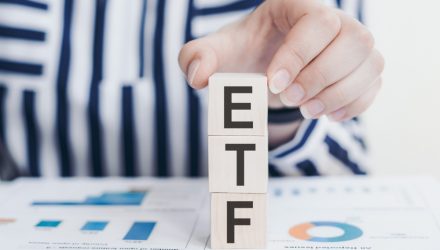Are actively managed ETFs worth the higher fees than their passive counterparts? It’s the eternal question when it comes to ETF investing. The answer, not surprisingly, depends on the fund — and the market.
The Morningstar Active vs Passive Barometer is a twice-yearly report that measures the performance of active managers against their passive peers. Of the nearly 3,500 funds included in Morningstar’s 2020 analysis, roughly half of actively managed funds (49%) outperformed their passive counterparts for the year.
However, when Forbes dove deeper into the report, the outlet found that the success of active or passive management varies considerably on the type of fund. For example, active managers of U.S. real estate funds outperformed passively managed vehicles 62.5% of the time. Other areas where active management tends to outperform passive include high yield bond funds at 59.5% and diversified emerging market funds at 58.3%.
These results seem to suggest that some markets are less efficient than others. In emerging markets, for example, liquidity and transparency can be limited. Political and economic uncertainty is also more prevalent, and legal complexities and lack of investor protections can create headwinds. When combined, these factors create significant inefficiencies, which a savvy portfolio manager can exploit.
“Increasingly advisors are building portfolios that combine active and index-based ETFs to tap into management’s security selection abilities in certain styles,” says ETF Trends’ head of research, Todd Rosenbluth. “For those advisors it is not active or passive but active and passive.”
T. Rowe Price offers a suite of actively managed ETFs. T. Rowe Price has been in the investing business for over 80 years through conducting field research firsthand with companies, utilizing risk management, and employing a bevy of experienced portfolio managers carrying an average of 22 years of experience.
For more news, information, and strategy, visit the Active ETF Channel.








